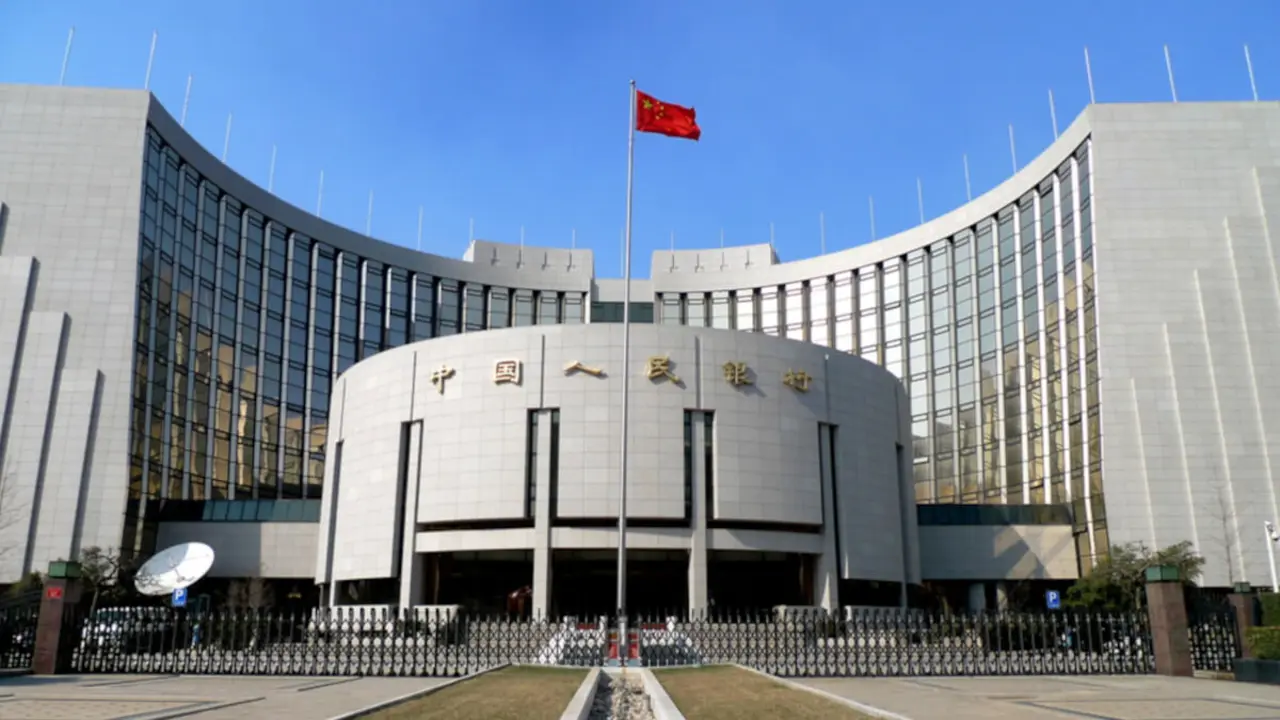Gold prices at record highs

This week, the price per ounce has reached $1788 on the Chicago Mercantile Exchange (CME), its highest level since September 2012, when it reached 1,771. Growing demand for the yellow metal has pushed up gold prices, countering the trend in the wider financial markets that have collapsed in recent weeks. SPDR gold stocks rose by 8.6% this week, while the S&P 500 index fell by 17.7% over the same period.
The price of gold in April has increased by 11% so far this month and by almost 16% since the beginning of the year. Recent movements point to the possibility of a further rise as investors respond to volatility on the economic front. Experts point out that historically in times of crisis, people like to have gold; that's why they believe it will continue to grow. In addition, the closure of the factories that produce the solid gold coins because of the virus has caused the prices of these coins to rise even faster than market prices, as investors are forced to pay the additional costs.
The price of gold has been rising since the coronavirus crisis began, as this is the usual pattern in times of uncertainty, as gold is one of the most stable and secure assets against the hesitation of the financial markets. Although there are no certainties about how the metal's prices will develop, historically, gold has been favored in a more volatile market and in times of more uncertainty.
For example, retail demand from China and India, the world's largest purchasers of physical gold, has declined, as both economies have shut down to slow the spread of the virus and consumers are confined to their homes. In Thailand, people have been flocking to gold shops to exchange their necklaces, bracelets, rings and gold bars for cash because of the high price of gold. It is very common in Asian countries to have gold as savings and investments.
This week, the International Monetary Fund (IMF) predicted a 3% decline in world GDP this year, the largest since the Great Depression of 1929. The world economy has changed in just a few weeks: the U.S. rapidly reached 16 million unemployed and interest rates dropped to almost zero worldwide. A low interest rate means that it generates weakness in the dollar.
If the economic consequences after COVID-19 turn out to be worse than expected, investors will continue to find gold attractive. JP Morgan and Goldman Sachs, two major investment banks believe that the price of gold could reach $1,800 per ounce.








